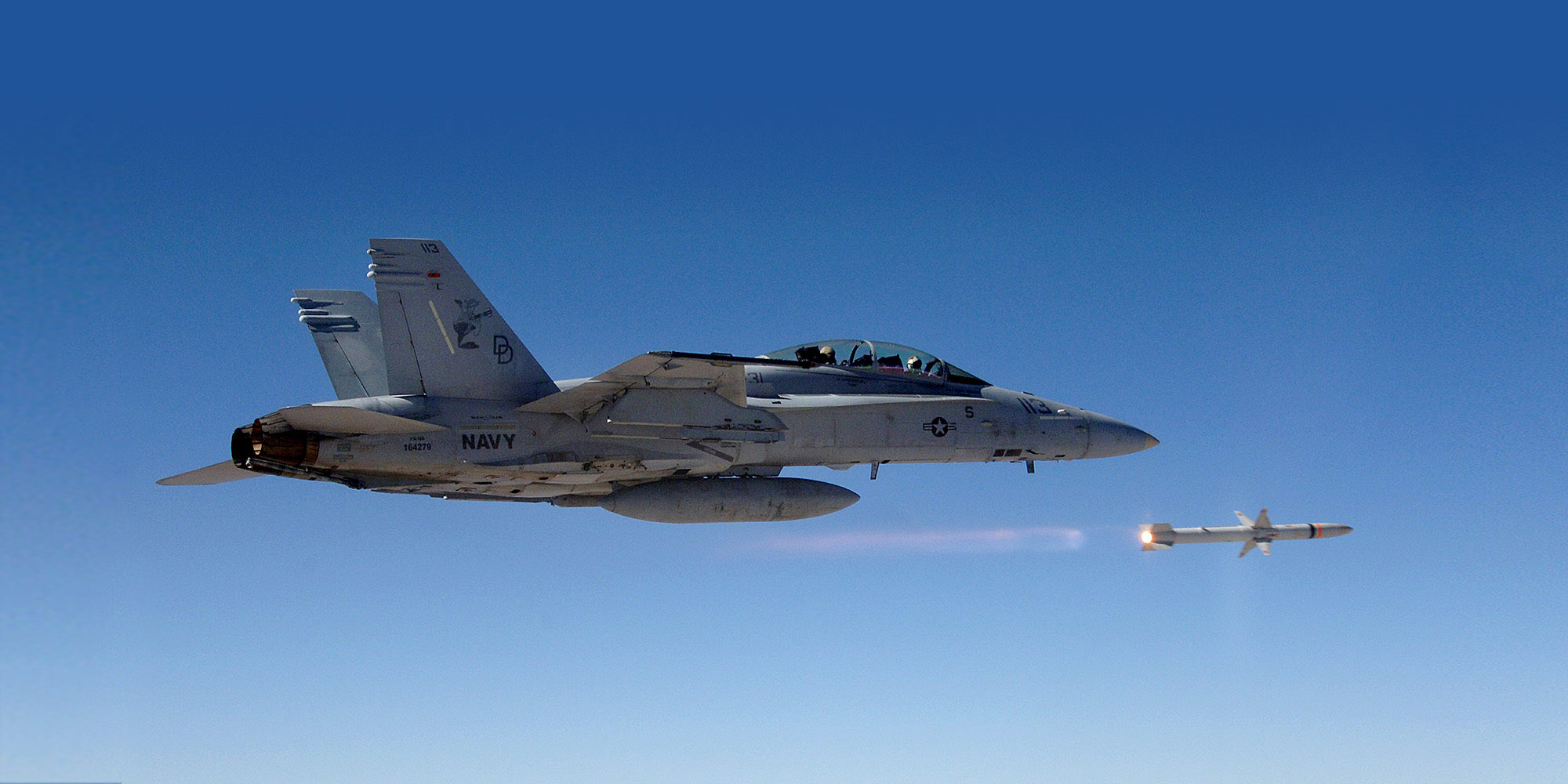The Need for SEAD / DEAD

During a military conflict, controlling the skies and maintaining the freedom of maneuverability for friendly air forces is vital for overall mission success.
To achieve air dominance, brave US airmen conduct what are known as Suppression and Destruction of Enemy Air Defenses (SEAD/DEAD) missions, putting their lives on the line to disrupt and destroy adversary air defense systems that could be used to shoot down US and other friendly aircraft.
The SEAD/DEAD mission can be traced back to the Vietnam War, when the North Vietnam Army set up highly effective Integrated Air Defense Systems (IADS) centered on the Soviet-made SA-2 "Guideline" missile. At the time, the USAF had to quickly respond to the deadly threat, and its answer was to introduce an array of new weaponry and electronic warfare equipment, as well as advanced tactics to neutralize the SA-2 sites.
These tactics resulted in the famous "Wild Weasel" aircraft and the enduring SEAD/DEAD mission that lives on to this day. Recent military air campaigns in the Middle East and North Africa - including Iraq, Libya and Syria - have demonstrated the enduring need to disrupt and destroy enemy air defenses, including its associated infrastructure, to enable US forces and its allies to freely maneuver across the aerial battlespace.
"The criticality of SEAD/DEAD – most importantly the negating of the surface to air missile threat – is really a basic tenet in warfare," explained Mike Stuart, Director of Advanced Programs Business Development at Northrop Grumman and a former Wild Weasel airman. "That means freedom of maneuver on the battlefield, and without the freedom of maneuver you're isolated and you can't engage when you want to engage." A key kinetic element of the SEAD/DEAD mission continues to be the anti-radiation missile, or ARM, which passively detects and then homes in on the radio frequency (RF) energy that is beamed from an air defense radar. Since the Vietnam War, ARMs have advanced significantly in terms of capability including increased ranges, improved seeker capabilities, and being able to overcome enemy countermeasures (including the simple act of turning the radar off).
To protect aircrew on the frontline, it is favorable for anti-radiation missiles to detect the RF energy of a radar and fire the ARM outside the engagement zone of the IADS. "Everybody's looking for extended range to preserve a sanctuary for the launch platforms, which is a position where they cannot be shot at, but they can still engage the surface threats or various target sets," noted Stuart.
That requirement has become more challenging, as near-peer adversaries such as Russia and China invest in new military capabilities – including complex networked IADS with long-range missiles - that extend the threat envelope of air defense systems. It is therefore imperative that modern day ARMs can address the advancing threat.
"It's always about finding ways to be able to exploit advantages in the battle space, and the ability to engage the enemy from standoff position is a distinct advantage," said Stuart.
With this operational context in mind, the US Navy has funded Northrop Grumman to develop an Extended Range version of the company's AGM-88E Advanced Anti-Radiation Guided Missile (AARGM), a supersonic air-launched tactical missile system that can neutralize both land and sea-based air defense targets.
The AARGM-ER, which will be integrated on the F/A-18E/F, EA-18G Growler and F-35 Joint Strike Fighter, incorporates existing AGM-88E sensors and electronics, but features an improved rocket motor and tail control system.
The AARGM-ER will be a critical element that ensures US Navy, as well as the US Air Force, air dominance for many years to come. While the SEAD/DEAD mission can trace its roots back nearly seven decades, it remains extremely relevant for today's highly contested battlespaces. With the advent of more advanced missiles such as the AARGM-ER, Northrop Grumman is ensuring that it remains one step ahead of adversaries and that US warfighters and allies remain safe on the frontline.